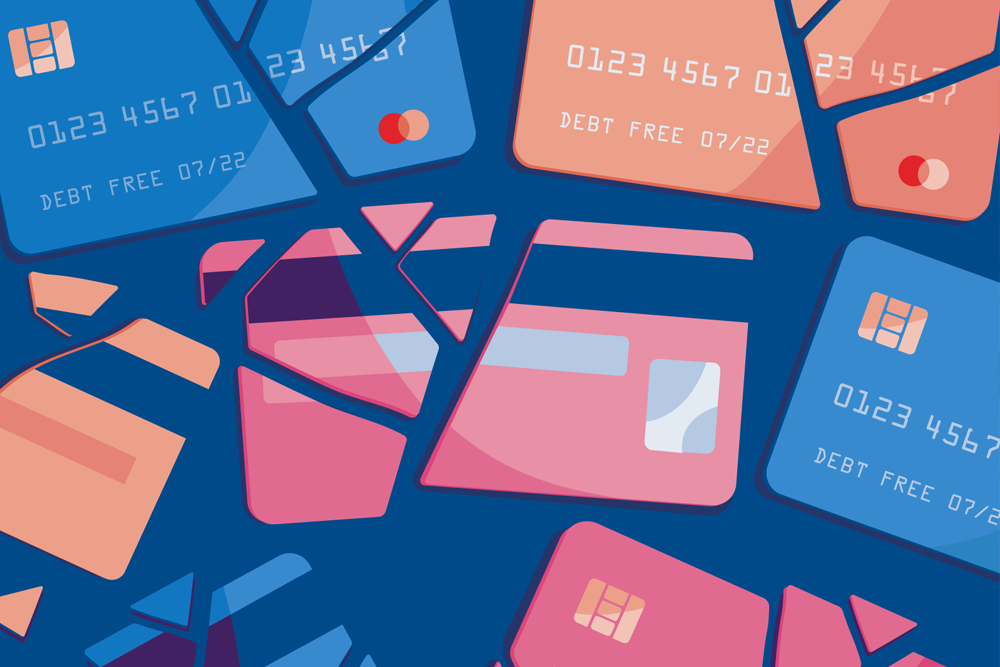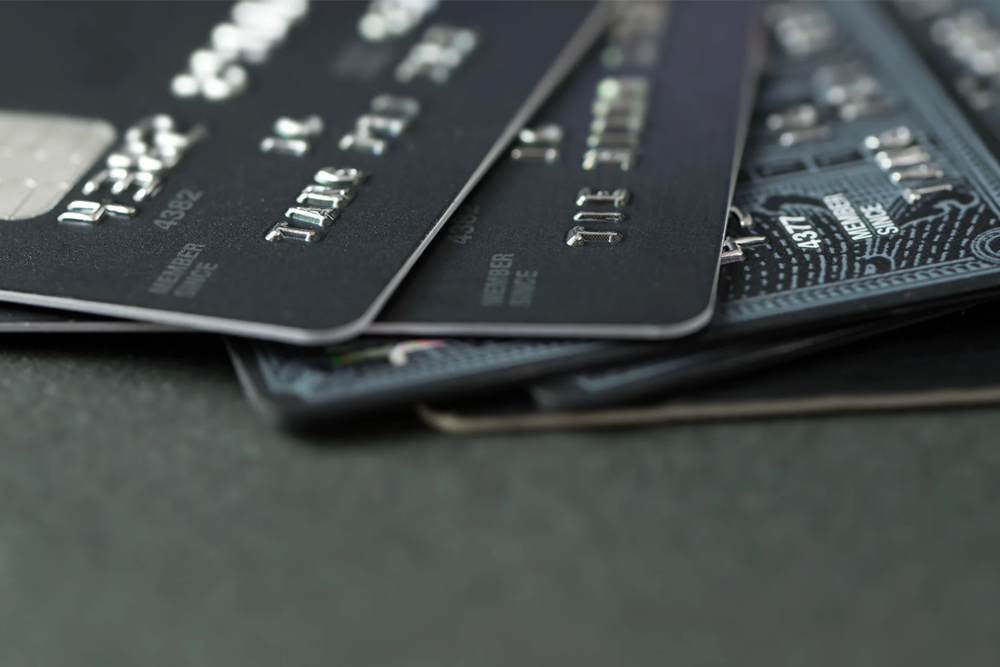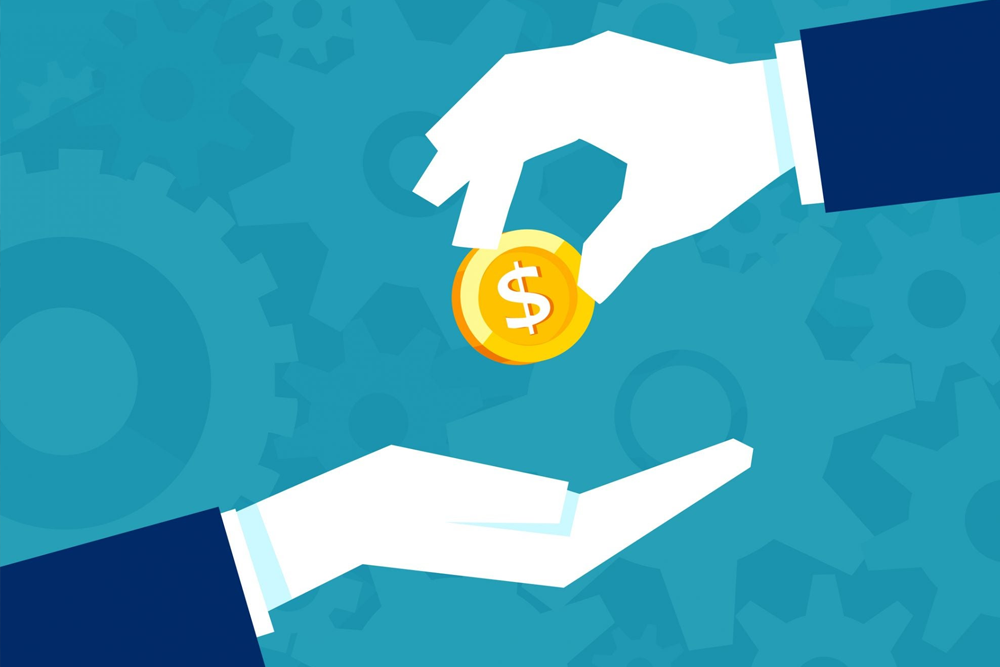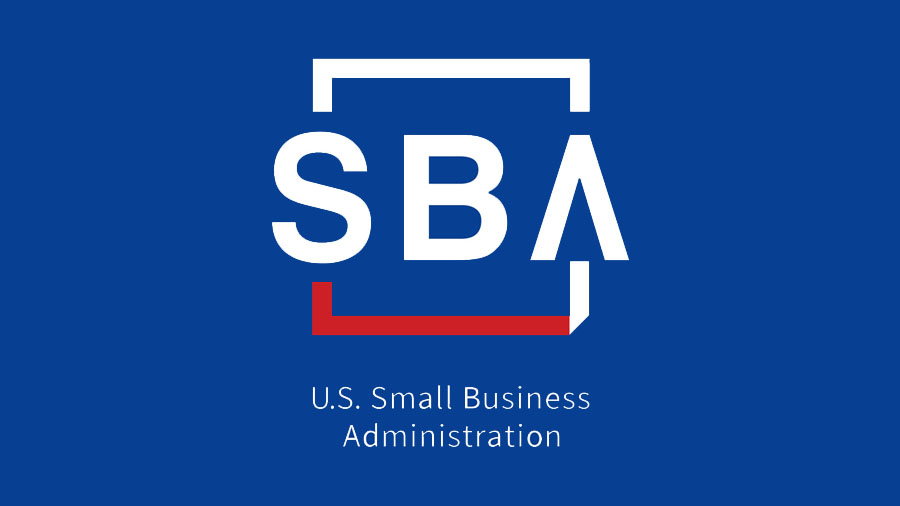 Teaching Kids About Money, Ways to Help You Raise Financially Wise Children
Teaching Kids About Money, Ways to Help You Raise Financially Wise Children
When you pay bills with a click of a button or buy food with a swipe, what are your kids learning about money? It is getting challenging to teach our kids about finance and money in the digital globe since there is just not as much opportunity to interact with money.
In a globe of neat budgeting apps and debit cards stick with the basics when it comes to kids at least initially. You can start your kid with three piggy bank systems, use one to teach them how to save, another for sharing, and another one for spending. You can use simple, clear jars where they can see the money growing.
Kids also learn about money by observing their parents. While swip[ing a debit card at the store makes sense to you, children do not concretely see that transaction as spending money. So try to expose your children to real money whenever you can. This guide will show you how to teach kids about money in the digital age.
Introducing money to young children
Teaching your kids about money establishes a foundation for lifelong success. The earlier you start, the better. Most experts recommend adding basic money concepts around age three to four.
While today’s technology world provides perks, a cashless society especially challenging for teaching young kids about money, kids under seven can not yet think logically or mentally manipulate info, making physical props such as dollar bills and coins essential at this age, together with hands-on experiences vital to their learning.
- Try to use cash when buying things as much as possible, even if you do not make sure you:
- Visit the bank with your kid and discuss how banks work
- Go with your kid to the store and explain how you make purchase decisions
- Begin a change jar to illustrate how savings accumulate
- Count coins to support necessary math skills and familiarize your child with various coins and values
- Play store together, with real or play money with a cash register
- Teach your kid about real money at home.
- Start with smaller purchases such as lunch or coffee at a restaurant. Show your kids the bill, assist them in counting out the cash for payment, and ask them to check if they got the correct change.
- Start explaining the differences between what payment method you are using- Cash, the credit card, and debit card. The kids ar4e not going to understand everything initially; however, you will make them comfortable with the product.
- After you feel your child has an understanding of money basics and has had plenty of interaction with physical cash, opening a bank account for your kid can serve as a great transition to working with digital transactions and online tools and help your kids understand how interest works.
How to teach tweens about money?
Kids age eight to twelve portray new skills and thought patterns. By the end of this development stage, they should attain the milestone of logical thought, enabling them to comprehend the concept of cashless money transactions. Since tweens are eager to learn, pre-teen years are a prime time for financial learning, particularly from you. Seize this chance with wise parenting and technology.
- Develop a custodial bank account with basic online functionality
- Select family-friendly budgeting and saving app to use together
- Make sure you limit online purchase opportunities
- Choose financially-centered websites, apps and online games for your kids to enjoy
Probably, your tween has moved beyond the egocentric focus of earlier years. And that he or she can now understand different opinions and enjoy more cooperative, enriched social interactions.
- Center on philanthropy includes different ways of giving, such as skills, time, and money (both cash and online).
Increased language, reasoning skills, and math allow for rapidly expanding financial learning.
- Assist your pre-teen in establishing a basic budget
- Transaction towards bi-weekly allowances, paid by electronic transfer to your tween’s custodial account
- A greater understanding of the time concepts enables your pre-teen to define and start saving for both short and long term financial goals
Teaching kids about money through pocket money and chores
While parents have been applying pocket money and chores to teach children about budgeting for decades, it remains an invaluable instrument. Giving your kids pocket money in return for small duties can assist children in understanding the relationship between time spent doing work and money. A weekly pocket money allowance can also help develop your kids’ budgeting skills. If you give them a weekly amount of money which they require to use for daily routine activities together with some personal luxury money, it can teach them to prioritize between wants and needs.
Note it is never too late to provide money lessons for kids
When it comes to financial mistakes, exposing your kids to money at an early age enables them to make mistakes when they are young enough that the consequences are not too weighty.
They could spend their money on a trendy gadget that turns out to be a default, or they give in an impulse purchase that sets them back to save for something they need. The fallback from those choices is not as devastating as not having any savings when an emergency pops up as an adult.
If you have missed out on teaching your children about money in kindergarten, and now they are in their teenage years, it is not too late to begin having personal finance discussions. By age thirteen, your child’s mastered the ability to reason deductively, think abstractly, and mentally manipulate information. They also enjoy being early adopters of the digital era. These new skills make teenage years suitable for digital money management.
Money management applications can promote budgeting skills. Some enable parents to maintain ultimate control over the funds, whereas others come with a debit card of sorts. Online banking can encourage saving by offering convenient and easy access to real-time data on account balances.
Greater personal independence translates into increased financial responsibility.
- Adjust the allowances, relative to your teen’s income and increased financial responsibility
- Consider having your teen establish a savings account for college and beyond, with online viewing to facilitate monitoring savings progress
- Transition saving and spending responsibilities to your teen
- Explain how taxes work, and how to file an electronic tax return
- Your teen can work part-time, automatic wage deposits will now be possible
- Digital banking supports financial autonomy; however, it still offers you some control, such as viewing rights.
- Use their first job as a money learning moment. If your teen is old enough for a part-time job, you have got yourself an opener for a whole slew of money conversations. Even better if the kid is old enough to work a real legal job since they can start to access joint accounts and linked accounts. Please take the opportunity to begin teaching them how the economy works, and have money conversations around, taxes, rates of pay, and superannuation. Make sure the teens have a basic understanding of the concept of tax- the fact that when you work, you become a contributor to society.
Kids can be justify unexposed to transactions and money for years to misconstrue their opinions about how money works and how to use it responsibly. While they might not see you using cash for each purchase, remember that frequent conversations about how money works are the best strategies to assist children with a good foundation for understanding personal finance. Talk to your children about money frequently to assist them in making the invisible cash real. Remember that helping your kid to develop a healthy relationship with money is critical to future life and financial success.

 Teaching Kids About Money, Ways to Help You Raise Financially Wise Children
Teaching Kids About Money, Ways to Help You Raise Financially Wise Children








